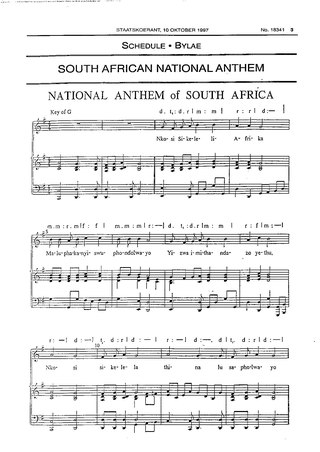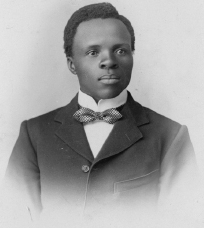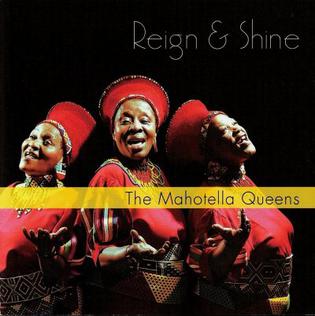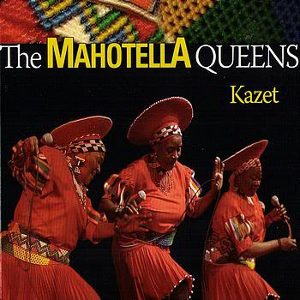Music

"Aberystwyth" is a hymn tune composed by Joseph Parry, written in 1876 and first published in 1879 in Edward Stephen's Ail Lyfr Tonau ac Emynau (Welsh for Second Book of Tunes and Hymns). [1] [2] Parry was at the time the first professor and head of the new department of music at the recently founded University College Wales, Aberystwyth, now called Aberystwyth University.
The tune "Aberystwyth" has been the most popular setting for Charles Wesley's hymn "Jesus, Lover of My Soul". [3]
Some claim that the melody of the African hymn Nkosi Sikelel' iAfrika, which today forms part of the national anthem of South Africa, is derived from this hymn, [4] while others have called the connection far fetched. [5]

An anthem is a musical composition of celebration, usually used as a symbol for a distinct group, particularly the national anthems of countries. Originally, and in music theory and religious contexts, it also refers more particularly to short sacred choral work and still more particularly to a specific form of liturgical music. In this sense, its use began c. 1550 in English-speaking churches; it uses English language words, in contrast to the originally Roman Catholic 'motet' which sets a Latin text.

"And did those feet in ancient time" is a poem by William Blake from the preface to his epic Milton: A Poem in Two Books, one of a collection of writings known as the Prophetic Books. The date of 1804 on the title page is probably when the plates were begun, but the poem was printed c. 1808. Today it is best known as the hymn "Jerusalem", with music written by Sir Hubert Parry in 1916. The famous orchestration was written by Sir Edward Elgar. It is not to be confused with another poem, much longer and larger in scope and also by Blake, called Jerusalem: The Emanation of the Giant Albion.

The national anthem of South Africa was adopted in 1997 and is a hybrid song combining extracts of the 19th century Xhosa hymn "Nkosi Sikelel' iAfrika" and the Afrikaans song that was used as the South African national anthem during the apartheid era, "Die Stem van Suid-Afrika", with new English lyrics.
"Mungu ibariki Afrika" is the national anthem of Tanzania. It is a Swahili language version of Enoch Sontonga's popular hymn "Nkosi Sikelel' iAfrika".

Solomon Tshekisho Plaatje was a South African intellectual, journalist, linguist, politician, translator and writer. Plaatje was a founding member and first General Secretary of the South African Native National Congress (SANNC), which became the African National Congress (ANC). The Sol Plaatje Local Municipality, which includes the city of Kimberley, is named after him, as is the Sol Plaatje University in that city, which opened its doors in 2014.

"Stand and Sing of Zambia, Proud and Free" is the national anthem of Zambia. The tune is taken from the hymn "Nkosi Sikelel' iAfrika", which was composed by Xhosa composer Enoch Sontonga, in 1897. The lyrics were composed after Zambian independence to specifically reflect Zambia, as opposed to Sontonga's lyrics, which refer to Africa as a whole.
"Ishe Komborera Africa", also called "Ishe Komborera Zimbabwe", was the Zimbabwean national anthem from 1980 to 1994. It was the country's first national anthem after gaining independence in 1980. It is a translation of 19th-century South African schoolteacher Enoch Sontonga's popular African hymn "Nkosi Sikelel' iAfrika" into Zimbabwe's native Shona and Ndebele languages.

"Rise, O Voices of Rhodesia" was the national anthem of Rhodesia and Zimbabwe Rhodesia between 1974 and 1979. The tune was that of "Ode to Joy", the Fourth Movement from Ludwig van Beethoven's Ninth Symphony, which had been adopted as the official European continental anthem by the Council of Europe in 1972. The music used in Rhodesia was an original sixteen-bar arrangement by Captain Ken MacDonald, the bandmaster of the Rhodesian African Rifles. A national competition was organised by the government to find an appropriate set of lyrics to match the chosen tune, and won by Mary Bloom of Gwelo.

Die Stem van Suid-Afrika, also known as "The Call of South Africa" or simply "Die Stem", was the national anthem of South Africa during the apartheid era. There are two versions of the song, one in English and the other in Afrikaans, which were in use early on in the Union of South Africa alongside God Save the Queen and as the sole anthem after South Africa became a republic. It was the sole national anthem from 1957 to 1994, and shared co-national anthem status with "God Save the King/Queen" from 1938 to 1957. After the end of apartheid, it was retained as a co-national anthem along with "Nkosi Sikelel' iAfrika" until 1997, when a new hybrid song incorporating elements of both songs was adopted as the country's new national anthem, which is still in use.

"Nkosi Sikelel' iAfrika" is a Christian hymn originally composed in 1897 by Enoch Sontonga, a Xhosa clergyman at a Methodist mission school near Johannesburg.

"Namibia, Land of the Brave" is the national anthem of Namibia, adopted in December 1991. It was composed by Axali Doëseb, who was the director of a traditional music group from the Kalahari desert. Doëseb was chosen to compose it after winning a contest held after Namibia became independent in 1990.

Joseph Parry was a Welsh composer and musician. Born in Merthyr Tydfil, Wales, he is best known as the composer of "Myfanwy" and the hymn tune "Aberystwyth". Parry was also the first Welshman to compose an opera; his composition, Blodwen, was the first opera in the Welsh language.

Enoch Mankayi Sontonga(c. 1873 – 18 April 1905) was a South African composer, who is best known for writing the Xhosa hymn "Nkosi Sikelel' iAfrika", which, in abbreviated version, has been sung as the first half of the national anthem of South Africa since 1994. Previously, it had been the official anthem of the African National Congress since 1925. It was also adopted by South Africa's newly formed northern neighbour, Zimbabwe and translated into Shona, "Ishe Komborera Afrika" from 1980 until 1994.

Reign & Shine is a 2005 album by the South African mbaqanga group the Mahotella Queens. The album was a break from their usual mgqashiyo music, focusing on three-part vocal harmonies and percussion, with electric guitar and bass only appearing on some tracks. The album featured new compositions such as "Amazemula" ("Monster") and "Ndodana Yolahleko" as well as old favourites like "Town Hall" and "Amabhongo" in addition to the South African national anthem, "Nkosi Sikelel' iAfrika".

Kazet is a 2006 album by the South African mbaqanga group the Mahotella Queens. The album was a compilation of recordings that had recently been recorded in South Africa and in Paris, and included the South African national anthem "Nkosi Sikelel' iAfrika" in addition to new compositions such as "Amazemula" ("Monster"), "Nomshloshazana" and "Ubusuku Nemini" and classics like "Kazet".
"Weeping" is an anti-apartheid protest song written by Dan Heymann in the mid-1980s, and first recorded by Heymann and the South African group Bright Blue in 1987. The song was a pointed response to the 1985 State of Emergency declared by President P.W. Botha, which resulted in "large-scale killings of unarmed and peaceful demonstrators against racial discrimination and segregation in South Africa." Defiantly, the song incorporated part of the melody to Nkosi Sikelel' iAfrika, the anthem of the anti-apartheid African National Congress. "Nkosi Sikelel' iAfrika" was banned at the time, and inclusion of even the melody violated the law. Today, "Nkosi Sikelel' iAfrika" is part of the national anthem of South Africa. The formerly illegal lyrics—"Nkosi sikelela, thina lusapho lwayo"—are now often sung when "Weeping" is recorded or performed.

Samuel Edward Krune Mqhayi was a Xhosa dramatist, essayist, critic, novelist, historian, biographer, translator and poet whose works are regarded as instrumental in standardising the grammar of isiXhosa and preserving the language in the 20th century.

Since unification in 1910, South Africa has used a range of national symbols to identify the country: coats of arms, official seals, flags, national anthems, and floral, bird, animal, and other emblems.

Voice of Hope is a 2014 album by South African opera singer Pumeza Matshikiza. The album was released on Decca Records.
Nkosi is a Nguni word for “king”, “chief” and “lord”. Nkosi is a common name and surname among Nguni people. Notable people with the surname include:
{{cite web}}: CS1 maint: bot: original URL status unknown (link)